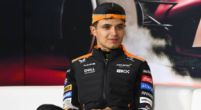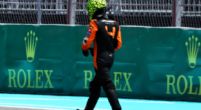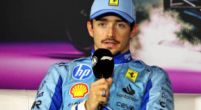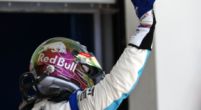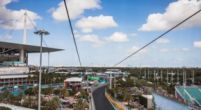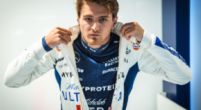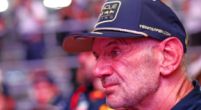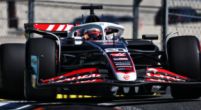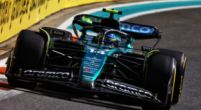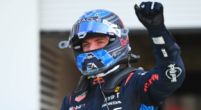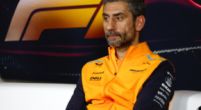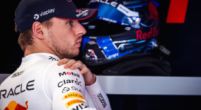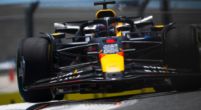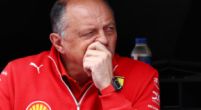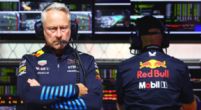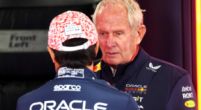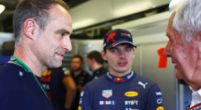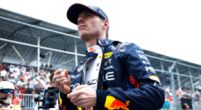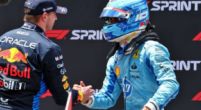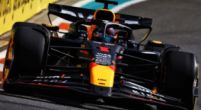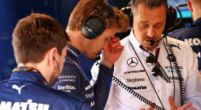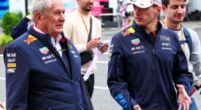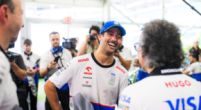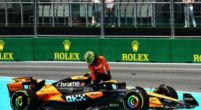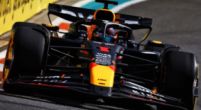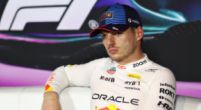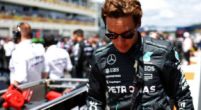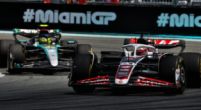Tech
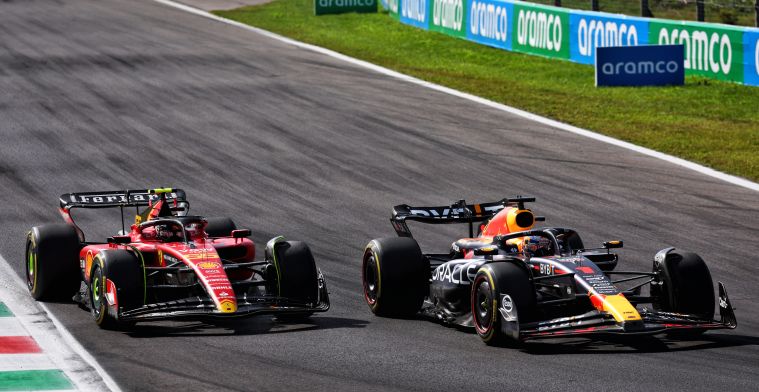
F1 tech: How Ferrari tried to have a go at Verstappen in Monza
A great lap from Carols Sainz put Ferrari on pole for the 2023 Italian Grand Prix. But it ended with a victory for Max Verstappen. The tenth in a row, setting a new record in F1 history. In fact, after a good start, Sainz managed to stay in front of the field, but Verstappen stayed within the one-second DRS gap and eventually forced the Spanish driver to make a small mistake into turn 1, to then pass him at the braking point of turn 4. He then opened a 10-second gap that led him to victory. This article looks at the technical reasons that made Verstappen’s win and Ferrari’s podium possible.
Ferrari with the highest top speeds since Friday, Red Bull with different setups
Since Friday, Ferrari looked in good form for their home Grand Prix: from a technical point of view, they decided to use a very low downforce rear wing, with a straight main plane and a DRS flap that was almost flat, to minimise drag. In fact, this design of the rear wing helps to reduce the vortices generated by the pressure difference at the wing tip because the wing itself is very tiny and unloaded (designed to produce as little downforce as possible), and the main effect is that the car has less drag, reaching higher top speeds. However, since they used the same spec as last year, the rear wing had a double pylon support (pink arrow), which was not ideal for drag. This low downforce rear wing was matched with a front wing with a trimmed last flap, not only to balance the car but again to have less drag (in the drawing below, there’s quite a clear comparison with the Zandvoort spec, which had not only a bigger flap, but even a “nolder”, to increase downforce as much as possible).


This setup, which provided a good straight-line speed, together with the good “Superfast” Ferrari’s engine and the ability to switch on the tyres very quickly, gave Charles Leclerc and Carlos Sainz the opportunity to fight for pole in qualifying. However, Carlos Sainz pointed out this setup “limit” in post-qualifying interviews: "From what I've seen through the long runs, I'm not going to lie, it's trickier. It's not the same picture as in quali. Red Bull, as soon as you put five or six laps on the tyre and everything starts to degrade a bit, it's where they come [alive], their strengths and the race pace that we've seen all year. [...] I think it's a good opportunity tomorrow [Sunday], but also being realistic, the Red Bull should be quicker. We're just going to try and make their life as complicated as possible and try to take the win."
And the race proved his words: despite managing to defend thanks to the higher top speeds, the tyre management was nowhere near the Red Bulls, and as the laps went by, the car started to slide and lose a lot of time. Whereas the RB19 came to life, allowing Verstappen and Perez to open the gap to their competitors.
While Ferrari already looked strong since Friday, it’s not exactly the same for Red Bull: in fact, since Friday morning, they tested a few setups to reach the best compromise not only for qualifying but especially for the race, where the RB19 has proved to perform at its best during this year. For this reason, Verstappen tried a medium-low downforce rear wing in FP1 before switching to a more extreme low downforce setup in FP2 because the loaded wing, despite providing a lot of grip in the second sector, made the car too slow in the straights.
Although the wing configuration for Verstappen and Perez looked the same, during the FP3, it was possible to notice some little differences between the two. Verstappen chose a lower downforce set-up, with a last flap trimmed front wing and a very Monza-specific rear wing, which had a wavy trailing edge of the DRS flap (green line) and also showed a regrowth in the central area (purple arrows) to allow the hooking of the centre flap support. This metal support guarantees greater stability in the DRS opening and closing phases (last year, Red Bull tried a similar spec, but the DRS flap was not stable when opened); this design is made to reduce drag without losing too much downforce, helping the flow extraction from the diffuser. The wing choice made by Verstappen, combined with his ability to manage the tyres, gave him the chance to get within 13 milliseconds of Carlos Sainz in qualifying and have a good car for the race, with a high top speed (especially with the DRS open) but with a good cornering speed as well.
On the other hand, Checo Perez chose a higher downforce setup, with a regular last flap on the front wing and with a rear wing with the DRS flap trimmed, like Verstappen's, but not wavy; in fact, the profile of the trailing edge has a completely linear trend (green line and purple arrow), which is not ideal for drag, but provides a more substantial DRS effect and higher downforce, that can be useful for tyre management, especially on a hot track like Sunday’s.
This setup choice made Perez quite comfortable with the car during the race, despite overtaking not being very easy: “ [...] it was so difficult to overtake, a lot harder than we really thought. It was really insane because I had to use a lot of my tyres. [...] In the end, we managed to get both of them. I think we’ve done a lot of progress. On the setup side I’m feeling a lot more comfortable in the car. So I do expect that we will see the best form in the next races." This proves that the Red Bull driver found the perfect set-up for the car last weekend, with a loaded car that better suits his driving style.


A huge difference for Red Bull was the ability to run the cars as close to the ground as possible without compromising the stability of the car. As we’ve seen in many situations this year, the RB19 has a super low ride height that maximises the downforce generated by the Venturi and guarantees no problems related to bottoming or porpoising. This proves that Adrian Newey’s technical department made a stellar car on the aerodynamic side and especially on the mechanical side. The suspensions and the chassis are designed to make the car stiff in every condition, providing a perfectly stable platform in every section of the track. On the other side, onboards showed Ferrari’s bottoming at high speeds in the long straight that leads into the Parabolica. The SF-23 was bottoming a lot due to the extreme proximity of the Venturi to the ground and a weaker suspension system that could not provide the necessary stiffness to the car itself. This also made a lot of difference on the tyres since they’re not exposed to constant vibrations.

 McLaren, Aston Martin and Mercedes struggled
McLaren, Aston Martin and Mercedes struggled
One last brief note goes to McLaren, Mercedes and Aston Martin, who all chose extremely low downforce set-ups for the “temple of speed” but didn’t shine because of the high drag nature of their cars: McLarens spent most of their race fighting against each other and William’s Alex Albon, failing to overtake the astonishing Thai driver. Mercedes had quite a lonely race with George Russell, who hadn’t the speed to fight for the podium. At the same time, Lewis Hamilton climbed back to P6, using W13’s ability to manage the tyres and making one-stop strategy work but struggling a lot in overtaking due to the draggy car. Aston also had quite a poor race with Alonso, who only managed P9. They are waiting for a track like Singapore that should perfectly suit their car. However, all three teams are Mercedes-powered: in fact, the Mercedes engine provides high levels of torque at low revs and, therefore, is much more efficient on low-speed tracks, while in this race, where the engine counts for a lot, it didn't make a lot of difference.








